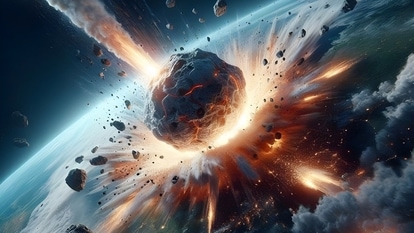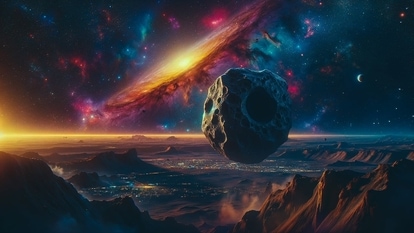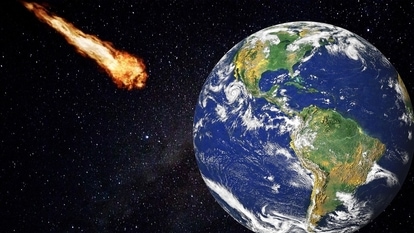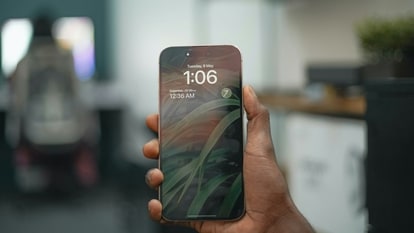Solar storms and asteroids gave Mercury a comet-like tail; Can the same happen to Earth?
A recent view of the Mercury displayed a yellow-orange tail, giving it an appearance of a comet. It turns out this happened due to bombardment by solar storms and asteroids. But can it also happen to the Earth?


It turns out, the Earth is not the only planet to be assaulted by incessant solar storm disturbances. The planet closest to the Sun, Mercury, is also being bombarded by solar storms on a regular basis. In fact, things are worse for Mercury. The planet is currently nearing its perihelion (the point in the orbit closest to the Sun) and is suffering from a high solar activity from an extremely close distance. On top of that, micro asteroids have plagued the planet. Together, they have given it a terrifying comet-like tail which can be a very confusing sight for astronomers. But the bigger question is, does the same fate await the Earth?
A picture of Mercury with its tail was captured by Sebastian Voltmer from Spicheren, France, and posted on Instagram. In the picture, a plume of gas flowing behind the planet can be seen, which was likely heated up to extremely high temperatures, giving the tail-like appearance.
Mercury gets a comet-like tail
The tail is essentially a plume of sodium gas, which escaped from the surface of Mercury after it was bombarded by solar storms and micro asteroids. “This creates a yellow-orange tail of sodium gas that is around 24 million kilometers long,” explained Voltmer.
While this may sound scary, in reality, it is a natural phenomenon that happens to Mercury every time it is near its perihelion. Due to its close proximity to the Sun, it faces the brunt of even the faintest solar storms which leaves a big impact on the planet. Additionally, all the meteorites and asteroids that are pulled by the gravitational pull of the Sun also hit Mercury, exponentially increasing such impacts.
Luckily, this feature is exclusive to Mercury and the Earth is not likely to face a similar fate. On the other hand, our planet has different fears of solar storms. They can damage satellites, disrupt mobile phone networks, and internet services, and even cause power grid failures.
The Mercury will show this tail every night for the rest of the month. But if you are not able to see it with unaided eyes or even a telescope, don't worry. Speaking with SpaceWeather.com, Voltmer revealed that a special filter is required to see the tail. "I used a 589-nanometer filter tuned to the yellow glow of sodium. Without such a filter, Mercury's tail is almost invisible to the naked eye," said Voltmer.
Catch all the Latest Tech News, Mobile News, Laptop News, Gaming news, Wearables News , How To News, also keep up with us on Whatsapp channel,Twitter, Facebook, Google News, and Instagram. For our latest videos, subscribe to our YouTube channel.
































